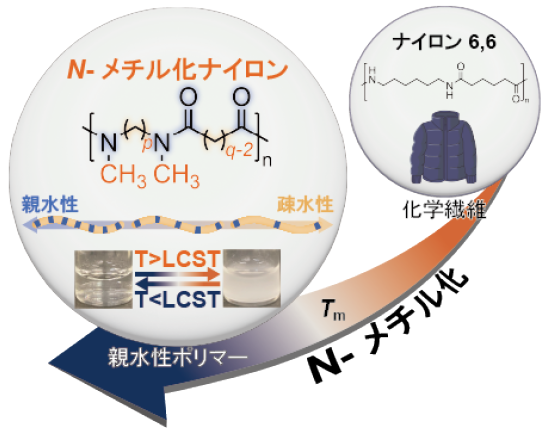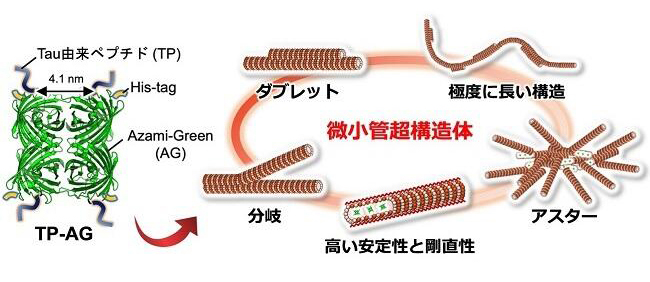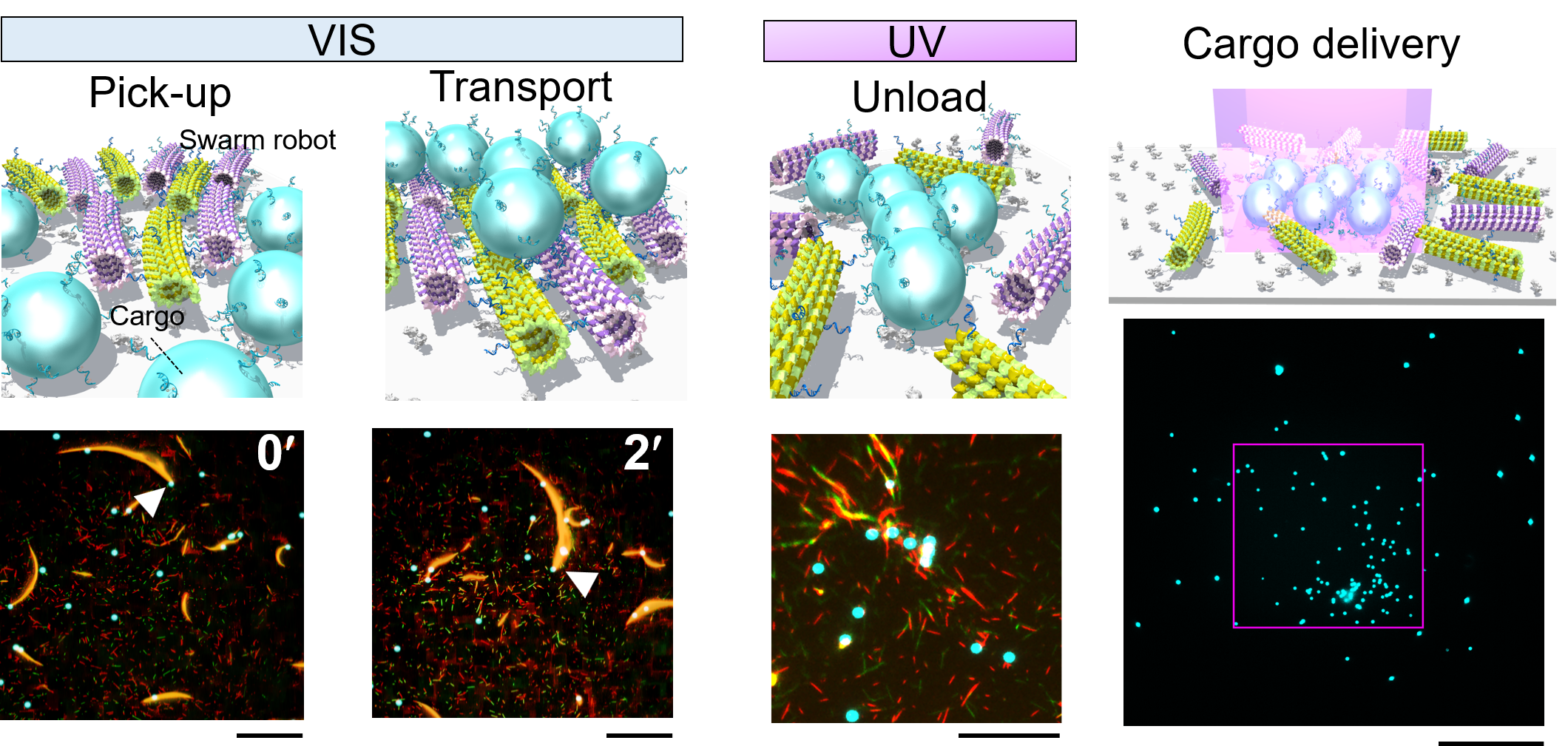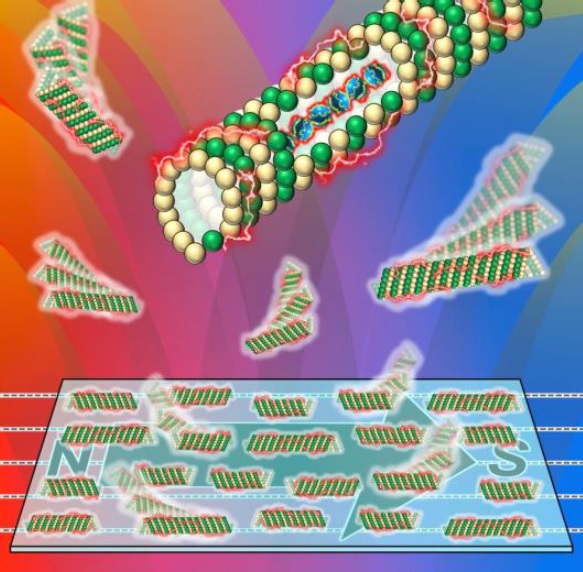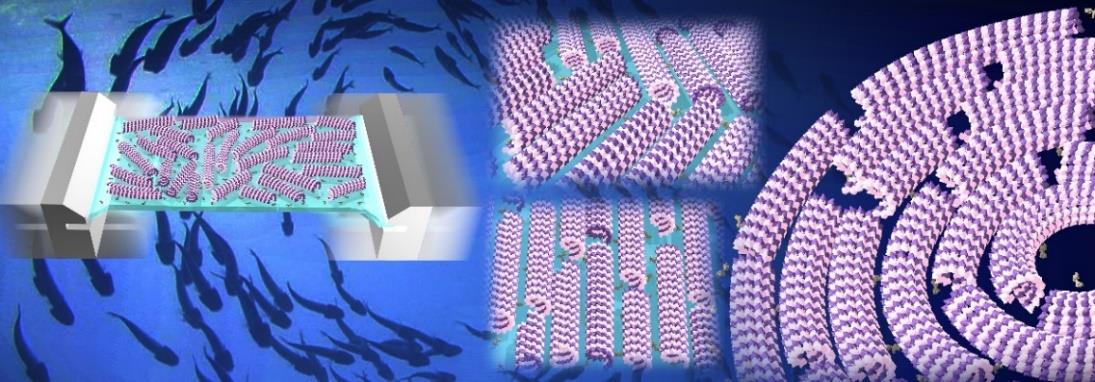SADA Kazuki
Professor
Create "Breakthrough Materials" by Manipulation of Molecular Information!
Department of Chemistry, Physical Chemistry
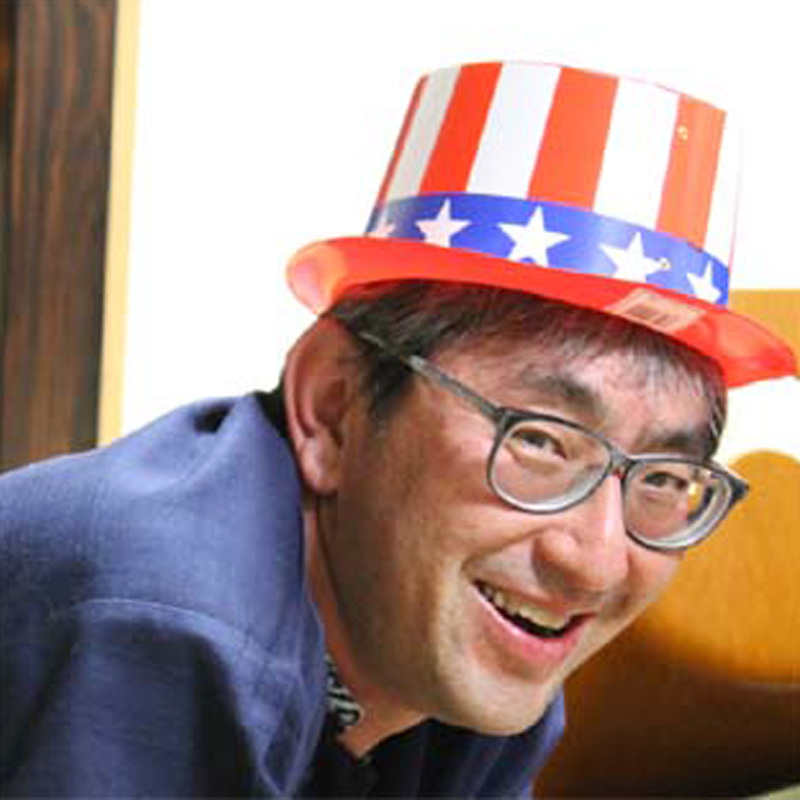
| Theme | 1) Lipophilic polyelectrolytes for oil super absorbents |
| Field | Supramolecular chemistry, Crystal engineering, Polymer chemistry, Soft matter, Organic functional chemistry |
| Keyword | Supramolecular Chemistry, Crystal engineering, Polymer chemistry, Polymer gels, Molecular assembly, Metal-organic frameworks, Stimili-sensitive polymers, Molecular information, Biomolecular motor, Self-organization, Aggregate induced emission, Organic crystals, Super absrobent polymers, Molecular recognition |
Introduction of Research
Breakthrough Materials Created by Manipulation of Molecular Information is a "mixture" always bothering us? Mixture is a combination of two or more different compounds, and sometimes expresses a negative meaning due to the impurity from viewpoints of classical organic chemistry. Until now, many chemists have devoted themselves to how to purify a compound from a mixture, or synthesize and analyze a pure compound.Contrary to this trend, we aspire for a breakthrough on functions, structures, and reactions, which are achieved by elaborately mixed various components. The ultimate purpose of our research is to understand new phenomena and develop novel functional materials by mixing compounds!!
In this context, we have endeavored to control association and dissociation among compounds in order to construct hierarchal architectures in a wide range of scale from nano to millimeter by mixing multiple components, in which an ordered communication of components and/or energies spontaneously occurs.
Representative Achievements
| Academic degree | Ph. D. |
| Academic background | 1985 B. Sc. in Engineering, Kyoto University 1987 M. Sc. in Engineering, Kyoto University 1991 Ph. D. in Engineering, Kyoto University 1990-1995 Assistant Professor, GIfu University 1995-2002 Assistant Professor, Osaka University 2002-2010 Associate Professor, Kyushu University 2010- Professor, Hokkaido University |
| Affiliated academic society | The Chemical Society of Japan, The Society of Polymer Science, Japan, American Chemical Society |
| Room address | Faculty of Science, Buidling 7 7-214 |


